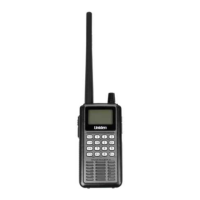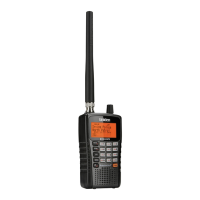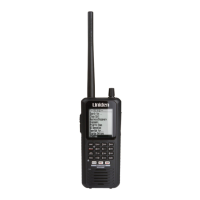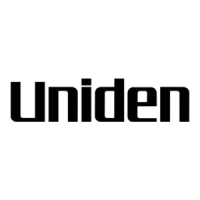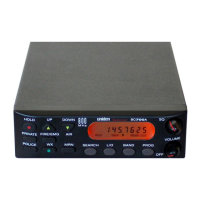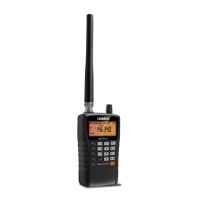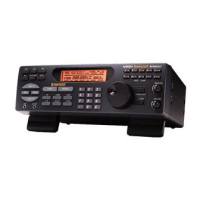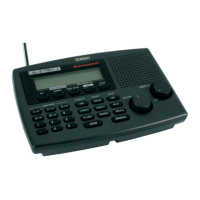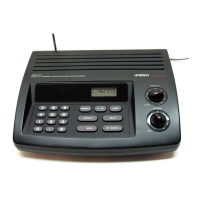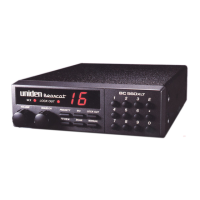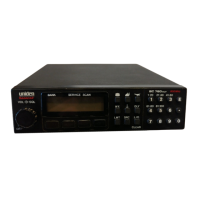Why does my Uniden BCD396T have improper reception?
- JJennifer RodriguezAug 18, 2025
If you're experiencing improper reception on your Uniden Radio, it could be due to the antenna. Try checking the antenna connection or repositioning it. Alternatively, move the scanner to a different location. If you are in a remote area, consider using an optional multi-band antenna.
